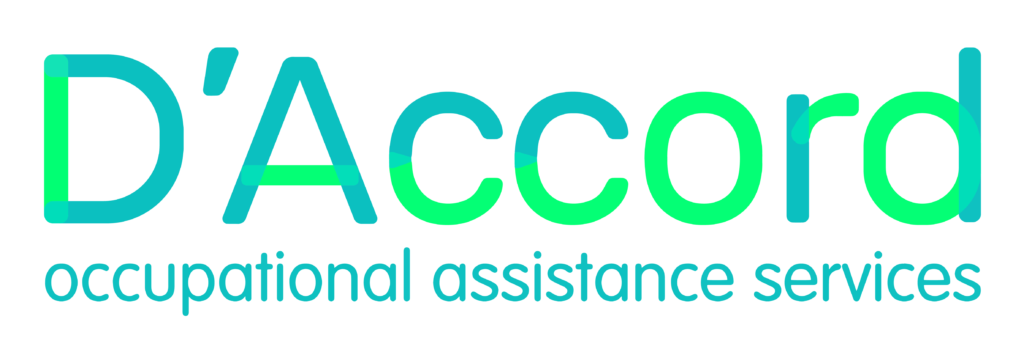Have you ever wondered why you’re a morning person (lark) or an evening person (owl)? And why do some tasks feel impossible to finish at certain times of the day?
Big chance that the answer is in your chronotype. This term was popularized by clinical psychologist, Michael J. Breus, which refers to the body’s natural preference for sleep, wakefulness, and periods of activity.
Understanding this internal clock is a good start to improve your productivity, which later can help you focus and be efficient when working.
Being aware of your chronotype will allow you to work with your natural rhythms instead of fighting against them, so you can address hurdles such as seasonal depression.
What is Chronotype and Why Professionals Need to Know?

A chronotype is essentially your personal biological clock. It dictates your natural preference for when you want to sleep, when you’re most alert, and when your energy peaks and dips throughout a 24-hour cycle.
It’s more complex than simply being an “early bird” or a “night owl”; it influences your cognitive performance, mood, metabolism, and even your ideal times for exercise. Therefore, it is important for your mental health at work.
For professionals, knowing your chronotype is crucial for several reasons. In today’s demanding work environment, aligning your tasks with your natural energy cycles can unlock peak performance, allowing you to tackle complex problems when your mind is sharpest.
Conversely, ignoring your chronotype can lead to chronic fatigue, reduced productivity, poor decision-making, and increased stress, ultimately impacting both your professional success and your personal well-being.
By understanding this innate rhythm, you can optimize your workday and prevent unnecessary drain on your mental and physical resources.
What Are Chronotype Categories?

While everyone has a unique rhythm, researchers have identified several common chronotype categories, often associated with animal archetypes, that can help you identify your natural tendencies:
1. The Bear Chronotype
Bear chronotype is the most common chronotype, accounting for roughly 50% of the population.
Bears generally follow the solar cycle, feeling most awake during the day and naturally getting tired as the sun sets. Their sleep patterns often align with a typical 9-to-5 workday.
Their peak productivity usually occurs mid-morning to early afternoon, with a slight slump after lunch. Bears thrive on routine and benefit from consistent sleep schedules, which is fundamental to maintaining good mental health at work.
2. The Lion Chronotype
The next one, we have the lion chronotype. Lions are the classic “early birds” or morning larks, making up about 15-20% of the population.
They wake up naturally very early, often before sunrise, feeling energized and ready to tackle the day.
Their peak productivity is typically in the early morning, and they tend to feel tired by late afternoon or early evening.
Lions do their best deep work at dawn and should schedule their most important tasks first, leveraging the power of positive thoughts to start their day with focused energy.
3. The Wolf Chronotype
Wolf chronotype is what we usually refer to as night owls. This type of person represents similarly with the lion chronotype, which is about 15-20% of the population.
People with this chronotype naturally feel most energetic and creative later in the day. Some cases show that they have a peak productivity in the late afternoon or evening.
Therefore, some people with wolf chronotype struggle to wake up early, which can sometimes lead to anxiety about morning tasks and the need to stop worrying about conformity.
The ideal sleep schedule for them is going to bed late and waking up later in the morning. They often do their best creative or focused work when others are winding down.
4. The Dolphin Chronotype
The last one is the dolphin chronotype. Dolphins are the least common chronotype, making up about 10% of the population, characterized by light and often fragmented sleep.
They tend to be light sleepers who are easily disturbed. Their energy levels can be erratic, often feeling tired in the morning but gaining alertness later in the day.
Dolphins typically have a mid-to-late morning peak in productivity, as they struggle with consistent sleep patterns.
For those with fragmented sleep, incorporating calming practices like listening to meditation music can be beneficial.
Observing erratic energy patterns in employees might also be a sign for managers to consider how to know if an employee is struggling.
How to Apply Chronotype to Improve Productivity?

Once you’ve identified your chronotype, the real work begins: leveraging this self-knowledge to optimize your daily routine for maximum productivity and wellness. Here’s how to do just that!
1. Optimize Your Daily Work Schedule
Align your most demanding and high-focus tasks with your natural peak energy times. If you’re a Lion, tackle complex problem-solving first thing in the morning.
If you’re a Wolf, save your deep work for the late afternoon or evening. Reserve administrative tasks, emails, and less demanding work for your natural energy dips.
This ensures you’re applying your best cognitive resources to the most critical work.
2. Tailor Your Task Prioritization
Use your chronotype to inform your “to-do” list. Prioritize tasks that require intense concentration, creativity, or critical thinking for your peak productivity window.
Delegate or push less demanding tasks, like responding to non-urgent emails or organizing files, to times when your energy naturally wanes.
This approach ensures you’re always putting your best foot forward on the most important work.
3. Strategize Your Breaks and Recharge Times
Instead of taking breaks randomly, schedule them strategically around your natural energy dips.
Bears might benefit from a refreshing walk after lunch, while Dolphins might need more frequent, shorter breaks to maintain focus.
Use these breaks for true rejuvenation – whether it’s a brief rest, light exercise, or a quick, calming activity. Understanding when you naturally need to recharge helps prevent burnout and sustains productivity throughout the day.
4. Communicate Your Chronotype to Your Team
In flexible or hybrid work environments, openly communicating your chronotype can significantly improve team collaboration.
Inform your manager and colleagues about your peak productivity hours and when you’re less effective for meetings or intense collaboration.
This transparency can help optimize meeting schedules, task distribution, and overall team synergy, leading to more efficient group work and fewer frustrating interactions.
5. Adjust Your Personal Routines for Better Alignment
Beyond the workday, small adjustments to your personal habits can reinforce your chronotype’s benefits.
Aim to go to bed and wake up closer to your natural sleep times, even on non-work days, to minimize “social jetlag.” Align meal times and exercise with your energy levels.
For instance, a Lion might prefer early morning workouts, while a Wolf might thrive on evening exercise.
These personal routine adjustments build consistency, leading to better sleep, sustained energy, and improved overall wellness.
Understand Your Chronotype and Ready to Improve Your Productivity?
Understanding your chronotype is a powerful step towards unlocking your full potential. By aligning your work habits and personal routines with your body’s natural rhythms, you can significantly enhance your productivity, reduce stress, and cultivate a deeper sense of well-being.
While gaining this self-knowledge is empowering, sometimes the challenges of aligning your chronotype with rigid work demands, or dealing with persistent sleep issues, stress, or burnout, can be overwhelming.
If you’re struggling to apply these strategies or find that fatigue and stress are persistently impacting your life, professional support can make a significant difference. Explore D’Accord OAS’s Counselling services for tailored strategies to help you manage these challenges, improve your mental well-being, and achieve lasting productivity and peace.











